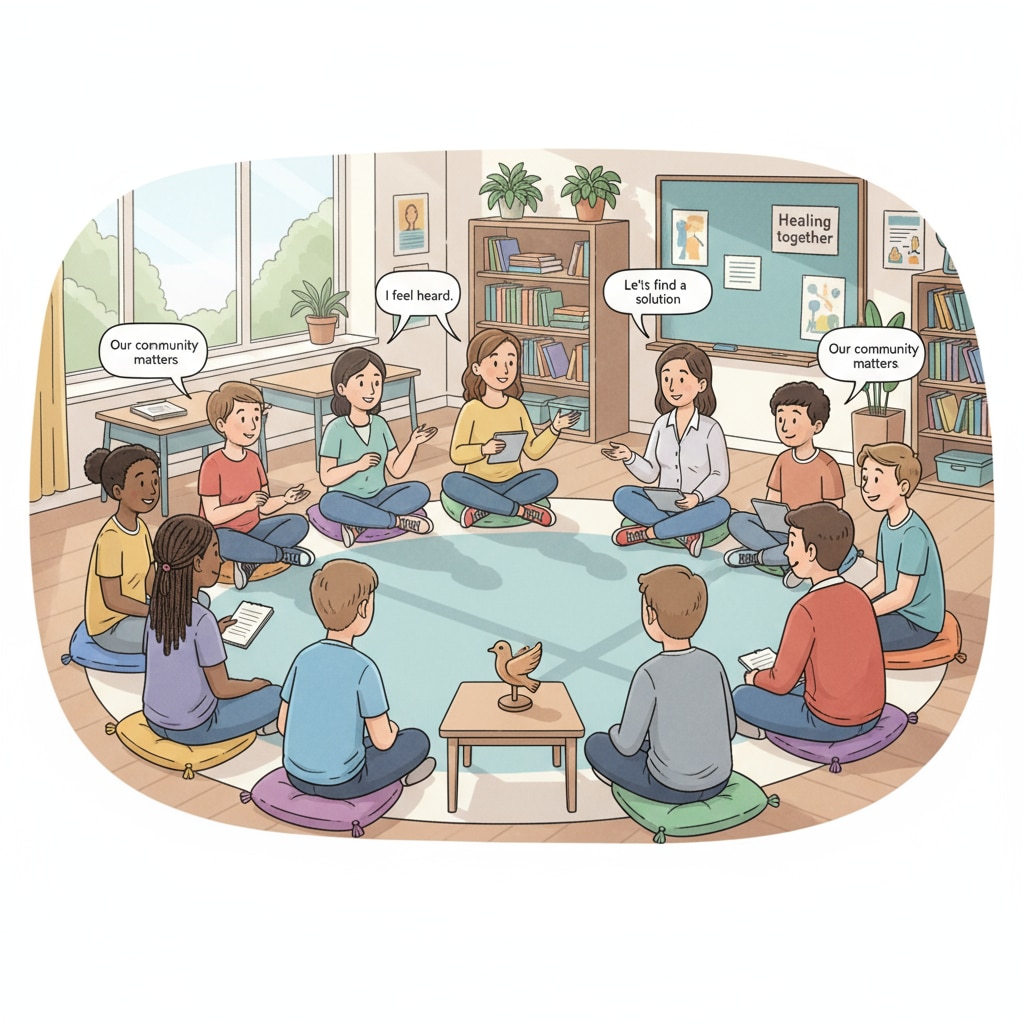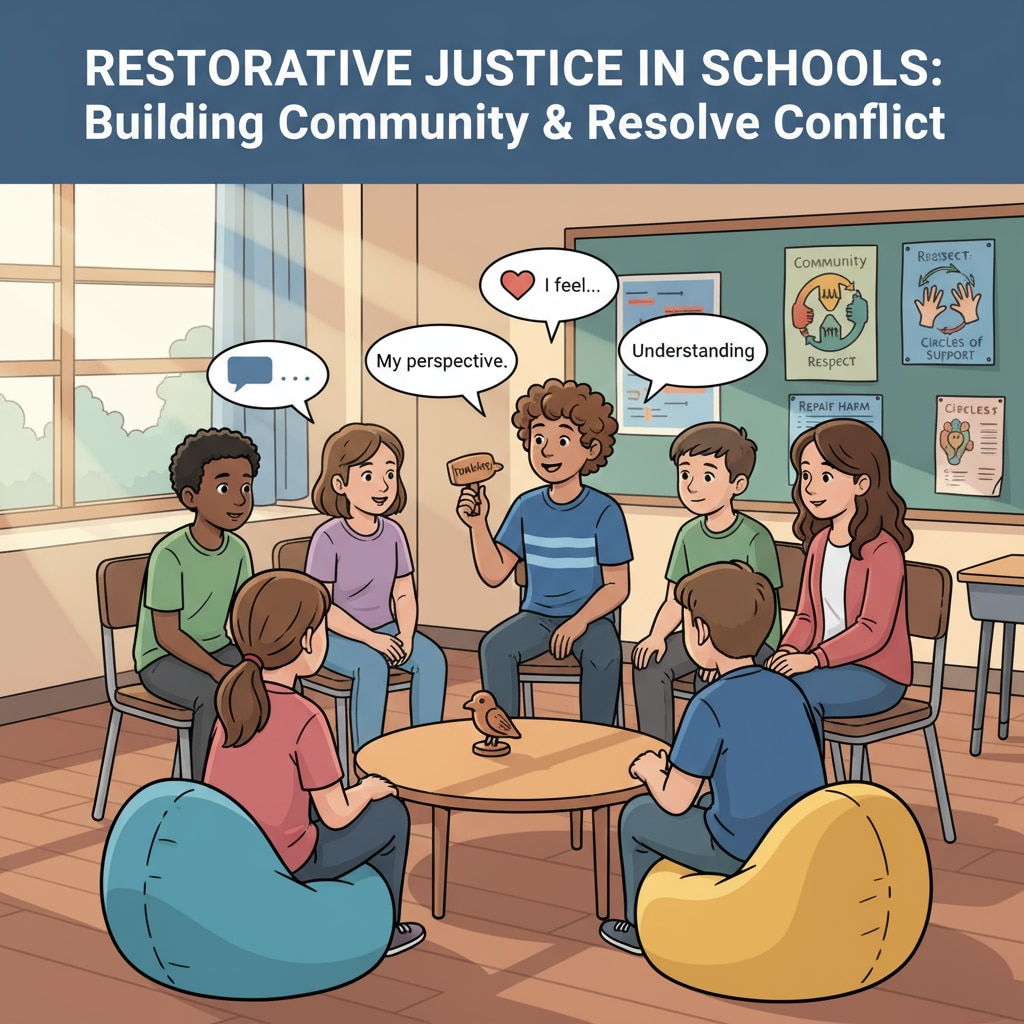Restorative justice, education resources, and school implementation are crucial aspects in today’s K12 educational landscape. As educators strive to create a more positive and inclusive school environment, restorative justice has emerged as a powerful approach.

This method focuses on healing the harm caused by conflicts rather than simply punishing the wrongdoers. However, implementing restorative justice in schools requires adequate resources and a well-thought-out plan.
The Concept of Restorative Justice in Education
Restorative justice in education is a paradigm shift from traditional punitive measures. It emphasizes dialogue, accountability, and the restoration of relationships. According to Restorative justice on Wikipedia, restorative justice aims to involve all parties affected by a conflict – the victim, the offender, and the community. In a school context, this could mean bringing students together to discuss the impact of their actions and find ways to make amends. For example, if a student bullies another, restorative justice would involve a conversation where the bully understands the harm caused and takes steps to repair the relationship.

Resource Challenges Faced by Educators
One of the major hurdles educators encounter when implementing restorative justice is the lack of resources. There is a dearth of training materials, both in print and digital formats. In addition, finding experienced trainers to teach restorative justice practices can be difficult. Without proper training, teachers may struggle to facilitate restorative justice sessions effectively. Moreover, time is also a limited resource. Schools have busy schedules, and fitting restorative justice activities into the curriculum can be a challenge. As a result, many educators find it hard to fully embrace this approach.
Implementing Restorative Justice in Schools
Despite the challenges, there are successful examples of restorative justice implementation in schools. Some schools have started by introducing restorative circles, which are a fundamental practice in restorative justice. These circles provide a safe space for students to share their feelings and experiences. According to Restorative justice on Britannica, schools can also incorporate restorative justice principles into their disciplinary policies. For instance, instead of suspending a student for misbehavior, the school could arrange a mediation session where the student can understand the consequences of their actions and work towards making things right.
Readability guidance: By breaking down the complex topic into manageable sections, we can see how restorative justice, education resources, and school implementation are intertwined. Educators need to be aware of the challenges and seek out solutions to successfully implement restorative justice in their schools. This approach can lead to a more harmonious and inclusive school environment, benefiting all students and staff.


